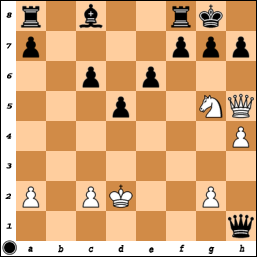2. d2-d4 / e7-e5
3. Sb1-c3 / Lf8-b4
4. Lc1-d2 / Lb4xc3
5. Ld2xc3 / d5xe4
6. d4-d5 / Sg8-f6
7. d5-d6 / c7xd6
8. f2-f3 / e4xf3
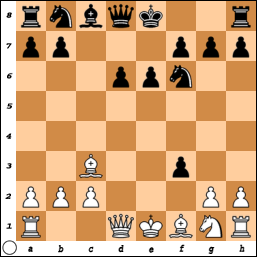

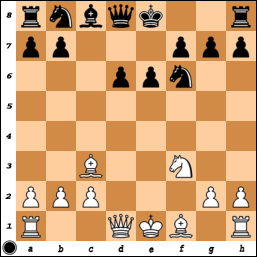
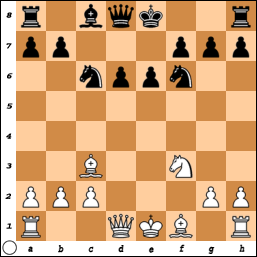
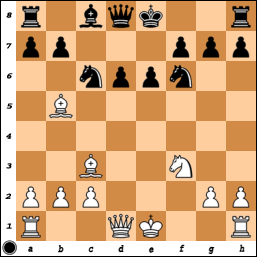

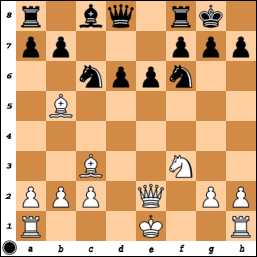

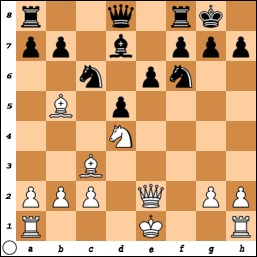
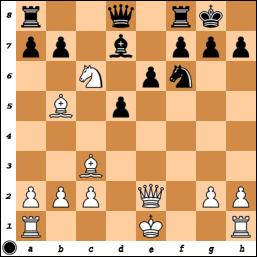
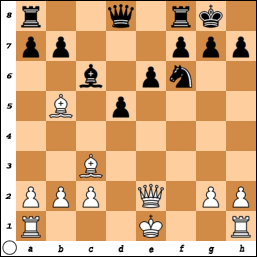
As this is no longer a possible I am going to point this out
Hadn't worked. You are talking about this situation?sstimson wrote: As this is no longer a possible I am going to point this out
First Bc3xf6 either Qd8xf6 or g7xf6
Next Bb5xc6 b7c6
Next moves not necessarily in order would be h2h4, f3-g5, Qe2h5 and a possible mate
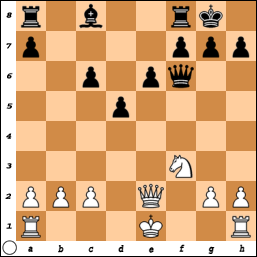
No I did look at that. Say you do the Qf6xb2 (after h2h4) Nf3g5 Qb2xa1! Kd2 Qxh1 Q Qe2h5.. and how do you stop Qh5xh7 mateCallid wrote:Hadn't worked. You are talking about this situation?sstimson wrote: As this is no longer a possible I am going to point this out
First Bc3xf6 either Qd8xf6 or g7xf6
Next Bb5xc6 b7c6
Next moves not necessarily in order would be h2h4, f3-g5, Qe2h5 and a possible mate
The point is waiting one move before you do that equals mate by white (replying to h2h4 by h7h5 )
First, after h5 I might play Qb2:, and the situation gets unpleasant for white (if white follows your suggestion: Sg5 Qa1:+ Kd1 Qh1: Qd3 Qh4:) and so Td1 gets necessary.
But, more important, I can always play either g6 or Qd6 and no checkmate is possible. But later white had faced great problems after exchanging so many pieces (I have 2 pawns more, after all!).
